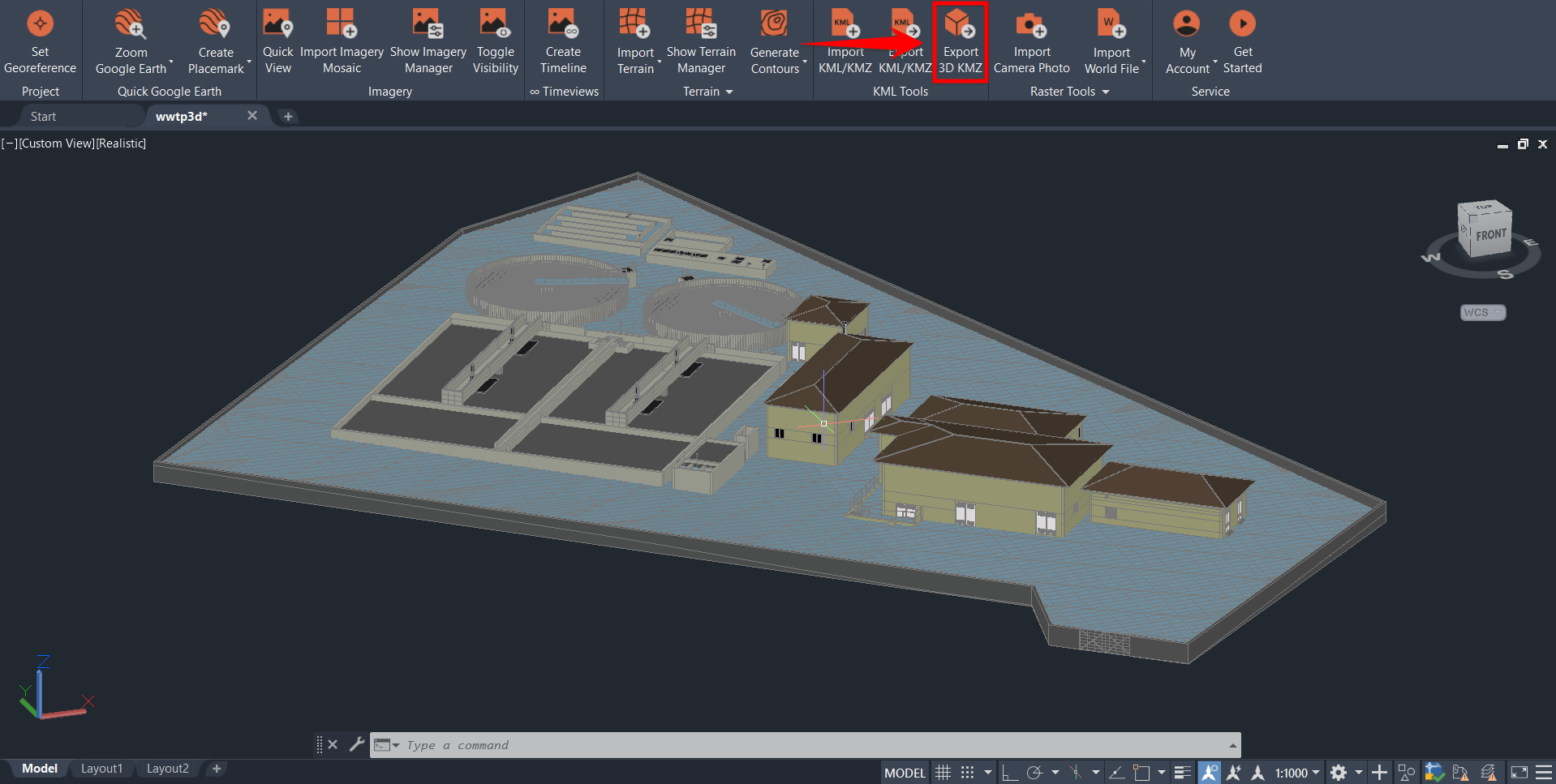
Later visualisations, which will show other time periods (during and after the construction of the dams), where major changes in important buildings will be visible, for example, due to the influence of the war, will already be in the “proper form of the state in the 20th century”. Because of this difference in the years of origin of the materials used, we refer to the resulting vectorisation as a compromise form, corresponding approximately to the state in the 19th century. Since there are no 19th century maps with elevation with sufficient accuracy to cover the entire Vltava Valley, SMO-5 maps created after 1950 were used to create the DTM. This compromise form depicts the significant buildings (modelled in CAD software) in their form as depicted on the Imperial Obligatory Imprints of the Stable Cadastre from 1826–1843. Due to the time-consuming nature of detailed 3D modelling, and the fact that some important buildings changed significantly during the period under review, the 3D scene was created in a compromise form corresponding approximately to the state in the 19th century. Moreover, several important landmark buildings were modelled in more detail using a classical modelling approach and CAD software.

The creation of the 3D visualisation within the Vltava Project is focused primarily on extinct villages in the Vltava River valley. The Vltava Project is a part of the Ministry of Culture of the Czech Republic programme “NAKI II-Support of Applied Research and Experimental Developments of National and Cultural Identity 2016–2022”. The three-dimensional visualisation of the Vltava River valley is a part of the project “The Vltava River-Changes in Historical Landscape due to Floods, Construction of Dams and Changes in Land Use with Links to Cultural and Social Activities in the Surroundings” (DG18P02OVV037), hereinafter referred to as the “Vltava Project”.

The results are a 3D scene created in a form corresponding approximately to the state of the Vltava River valley in the 19th century, which is available for viewing via a web application, and a VR scene used for demonstration at exhibitions. The outcomes were used to establish a virtual reality (VR) application in the Unreal Engine software. These procedurally created 3D models were completed with more detailed models of landmark buildings created in CAD. Due to the extent of the modelled area, which is approximately 1670 km 2, and the available underlying data realistically usable for the visualisation, mainly procedural modelling with the use of the CGA shape grammar was chosen for the creation of 3D objects. Vectorisations of the Imperial Obligatory Imprints of the Stable Cadastre, and a terrain model created from contour lines from the State Map 1:5000-Derived (SMO-5), prepared in an earlier phase of the project, were used as a basis for this visualisation. As a part of “The Vltava River” project, it was necessary to create a visualisation of the historic Vltava River valley before the construction of the so-called Vltava Cascade (nine dams built in the Vltava River basin between 19).


 0 kommentar(er)
0 kommentar(er)
